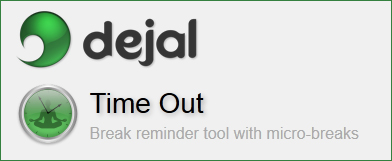From a forwarded email:
After being interviewed by the school administration, the prospective teacher said:
‘Let me see if I’ve got this right.
‘You want me to go into that room with all those kids, correct their disruptive behavior, observe them for signs of abuse, monitor their dress habits, censor their T-shirt messages, and instill in them a love for learning.
‘You want me to check their backpacks for weapons, wage war on drugs and sexually transmitted diseases, and raise their sense of self esteem and personal pride.
‘You want me to teach them patriotism and good citizenship, sportsmanship and fair play, and how to register to vote, balance a checkbook, and apply for a job.
‘You want me to check their heads for lice, recognize signs of antisocial behavior, and make sure that they all pass the final exams.
‘You also want me to provide them with an equal education regardless of their handicaps, and communicate regularly with their parents in English, Spanish or any other language, by letter, telephone, newsletter, and report card.
‘You want me to do all this with a piece of chalk, a blackboard, a bulletin board, a few books, a big smile, and a starting salary that qualifies me for food stamps.
‘You want me to do all this, and then you tell me……
I CAN’T PRAY?‘















